Help Wanted. The sign beckons and pleads. It’s everywhere you look – your favorite restaurant, the bank, the grocery, even your own place of employment. The current labor shortage is just one of the many consequences of the COVID-19 pandemic, but it is having a devasting impact on the economy.
Large numbers of employees were laid off or voluntarily chose to quit during the shutdown. As businesses reopen and adjust to the new normal, they are finding that many people are choosing not to return to their previous jobs. Instead, these people are opting for early retirement, more profitable opportunities, or less stressful conditions. The reduction in birth rates and lack of skilled workers is also contributing to the labor shortage. The result – so many jobs, too few candidates. The latest Job Openings and Labor Turnover Summary from November 12, 2021, lists 10.4 million job openings in September with a series high 4.4 million quit rate.
Retaining current employees is another challenge. Suzanne Lucas writes about the high costs of employee turnover in Inc. Sure, there is the monetary cost, estimated to be as high as 150% of annual salary. Much harder to put a value on are decreased productivity, overworked remaining staff, lowered morale, lost expertise, and interviewing and training costs of new hires.
Now, more than ever, it’s important to think about ways not only to attract the best talent, but to keep it. This will require an alignment between employer and employee expectations. Listed below are some of the factors that workers consider important to job satisfaction. They are pertinent to any industry, including logistics.
1) Wages and Benefits
Rampant inflation is having a negative impact on workers’ hourly rate. The paycheck just doesn’t go as far at the pump, the grocery checkout, or the daycare center. Current employees will be expecting adjustments in pay rates to help offset this pain.
Competitive pay rates are crucial to attracting new employees. The base hourly rate or salary is very much the yardstick that is used for comparison between jobs. It is arguably the single most important component of an employment package and will be the one that is most closely scrutinized.
Businesses should be open to being creative in finding that extra money to funnel into higher wagers. Are there ways to decrease overhead, slash expenses, raise prices, or build a new revenue stream?
Increasingly, employees are focusing on how other job benefits can improve their lives. Paid time off and good healthcare plans can go a long way in keeping your current employees happy and enticing new ones. Retirement plans, disability insurance, life insurance, childcare credits, and gym memberships are additional perks that employees appreciate.
2) Flexible Work Schedules
Working-from-home became the norm for many people during the pandemic. Both employers and employees found that this could be a productive and efficient arrangement. Now, employees may be reluctant to come back into the office. This may be due to lingering concerns over the spread of COVID, long commute times, or difficulty with childcare coverage.
Employers should carefully consider whether it’s essential to have employees in the office all or some of the time. Even workers that need to be physically present onsite may be able to utilize flex time. Schedules that allow employees to tailor their hours to fit their lifestyle can help them achieve better work-life balance.
3) Culture and Incentives
All industries are talking about the importance of company culture, which is basically the personality of the organization, it’s vision and mission. Suggested ideal pillars of company culture include mutual respect, living core values, doing work that matters, trust in leadership, and a feeling of transparency and openness. In this environment, employees will be encouraged to be creative and will not be fearful of trying new things.
It’s important to ensure that the company’s vision and mission are shared with all. Kyle Krug, from Legacy Supply Chain, admits that it can be challenging to do this in the logistics industry. Utilizing training sessions and retreats, videos, displaying posters around the workplace, and conducting core value competitions are some of the ways to ensure that the message is heard loud and clear, from the top offices, through the warehouse, and down to the distribution centers.
Managers that live the vision and mission are crucial to the success of an organization. They need to be adept at coaching and communication. They should schedule regular time for employee performance reviews in which they provide constructive feedback. Employees should be given the opportunity to share their aspirations and talk about ways in which they can reach those goals. A good understanding of individual strengths will enable managers to make the best decisions regarding job promotions, increased responsibilities, and more autonomy. It will also aid in succession planning.
Cash bonuses or gift cards for high performers are always appreciated, but there are non-monetary ways to reward hard work as well. Catered lunches, off-sites, team-building events, time off for volunteering, and reserved parking spaces are easy ways to make employees feel valued.
New employees may be particularly enticed by sign-on bonuses. In fact, in this current competitive environment, they are almost expected. Once hired, make sure that newcomers are being onboarded in a way that gives them a clear understanding of their role and expected contributions.
4) Education and Training
Finally, don’t overlook the importance of investing in your workforce’s future. On-site workshops, certifications, on-line courses, and continuing education are a few of the possibilities. Both current and potential employees view tuition reimbursement as a clear indication that company management values personal growth and development.
Mentorships within the organization are also an effective way to keep employees engaged and satisfied. The benefits (i.e., guidance, new viewpoints) accrue to both the mentor and the mentee.
Although the latest statistics around the job market are daunting, there are numerous ways to keep the current workforce happy and ensure that new talent can be attracted when needed. A close examination of the benefits package, an evaluation of growth opportunities, and the ability to be flexible are key components to success. A seasoned logistics company that understands this dynamic can be a valued partner.
See if Aero Fulfillment Services is the right fit for you by taking this 1-minute survey.

